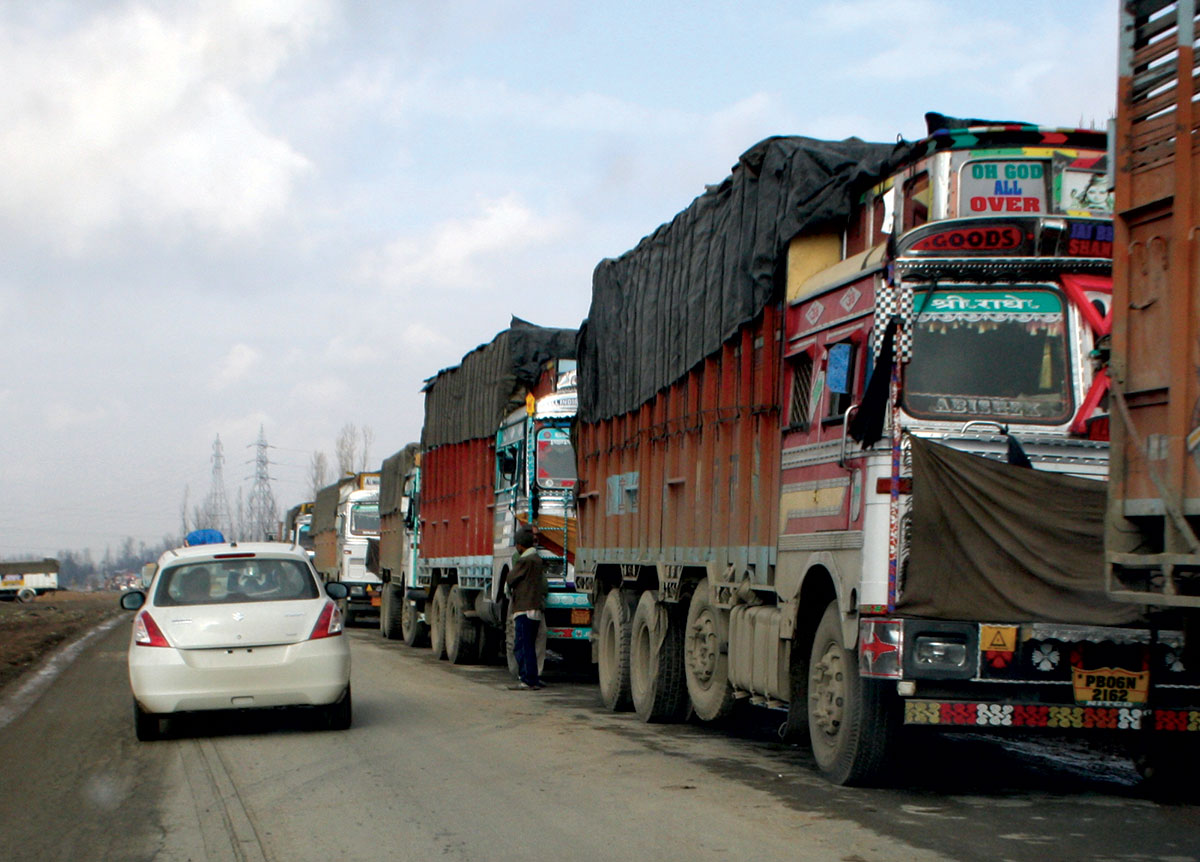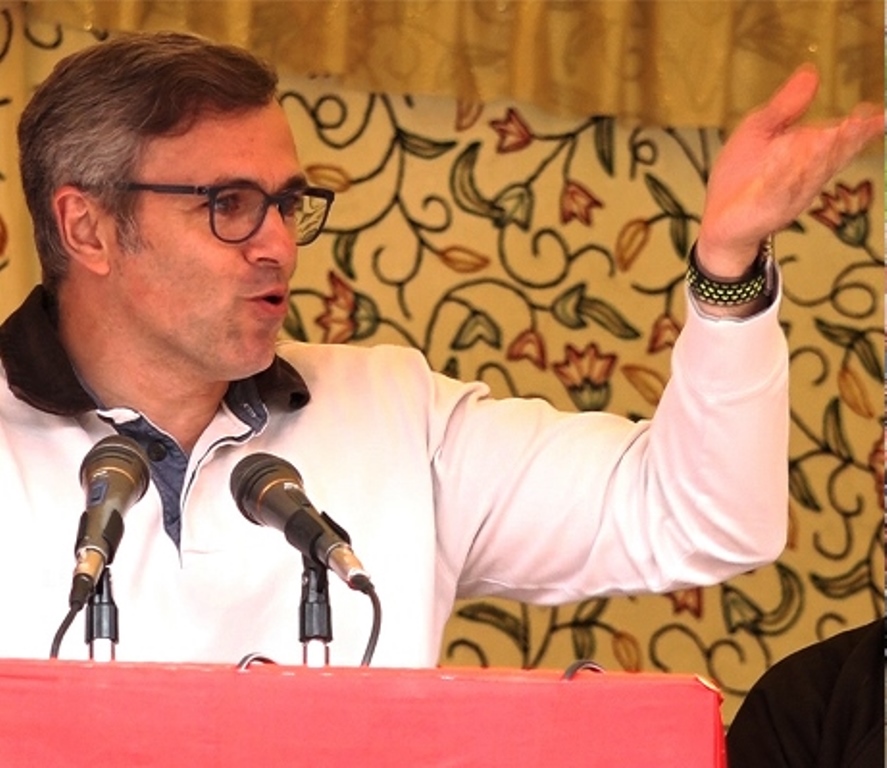SRINAGAR: As the world gears up for World Cancer Day, the International Agency for Research on Cancer (IARC), the cancer agency of the World Health Organization (WHO), has released alarming estimates regarding the global burden of cancer in 2022. In a surprising revelation, the report underscores a substantial impact on men, dispelling the conventional notion that women are more affected by cancer.

Contrary to common belief, the data from the IARC’s report reveals that men face a higher burden of cancer, with 1 in 9 men developing the disease in their lifetime, compared to 1 in 12 women. The report emphasises that, in 2022, there were 1.5 million new cases of prostate cancer and 1.9 million new cases of colorectal cancer, ranking as the second and third most commonly occurring cancers in men, respectively.
The leading cause of cancer death for men is lung cancer, with 1.8 million deaths accounting for 18.7 per cent of total cancer deaths. This notable finding challenges prevailing assumptions and underscores the need for gender-specific approaches in cancer prevention, diagnosis, and treatment.
While breast cancer remains a significant concern, affecting 2.3 million women globally, the report indicates a shift in focus towards recognizing and addressing the unique challenges faced by men in the realm of cancer. The urgency to close the gender gap in cancer care is emphasised as the world anticipates a projected 77per cent increase in new cancer cases by 2050.
This revelation prompts a critical re-evaluation of global efforts to combat cancer inequities, urging the international community to adopt comprehensive strategies that consider the distinct impact of cancer on men. As the WHO intensifies its collaboration with governments worldwide to develop and implement policies for accessible cancer care, there is a growing recognition that addressing the gender disparity in cancer is a crucial component of the broader fight against this global health challenge. The call to action is clear: men must not be left behind in the pursuit of equitable and accessible cancer care for all.

The comprehensive report highlights the urgency to address cancer disparities worldwide, emphasising the need for improved access to cancer care services as part of universal health coverage (UHC).
The IARC’s estimates for 2022 reveal a staggering 20 million new cancer cases and 9.7 million deaths globally. Notably, the report underscores the disproportionate impact on underserved populations, urging a collective effort to address these cancer inequities.
A significant revelation from the WHO’s global survey indicates that a majority of countries, 61per cent, do not adequately finance priority cancer and palliative care services, hindering progress towards achieving UHC. Only 39per cent of participating countries covered basic cancer management as part of their financed core health services, while just 28per cent included care for individuals requiring palliative care.
The report identifies three major cancer types – lung, breast, and colorectal cancers – collectively responsible for two-thirds of new cases and deaths globally in 2022. Lung cancer, with 2.5 million new cases, topped the list, followed by female breast cancer (2.3 million cases) and colorectal cancer (1.9 million cases).
Disturbingly, lung cancer re-emerged as the leading cause of cancer death (1.8 million deaths, 18.7 per cent), highlighting persistent tobacco use in Asia. Colorectal cancer (900,000 deaths, 9.3 per cent) and liver cancer (760,000 deaths, 7.8 per cent) also featured prominently in global cancer mortality.
The report emphasises sex-based disparities, with breast cancer being the most common cancer for women globally. Prostate and colorectal cancers were the second and third most common for men, emphasising the importance of gender-specific approaches in cancer prevention and treatment.

Furthermore, the report highlights the striking cancer inequities according to the Human Development Index (HDI). Countries with a very high HDI face a higher lifetime risk of breast cancer. Yet, those with low HDI exhibit a higher risk of mortality due to late diagnosis and inadequate access to quality treatment.
In light of these findings, WHO is intensifying efforts to collaborate with over 75 governments to develop and implement policies that promote accessible cancer care for all. Dr Bente Mikkelsen, Director of the Department of Non-Communicable Diseases at WHO, stressed the urgent need for major investments to address global inequities in cancer outcomes.
As the world anticipates a 77per cent increase in new cancer cases by 2050, the report underscores the need for collective action to ensure that the impact of this increase is not felt disproportionately in low- and medium-HDI countries. The call to action resonates with Dr Cary Adams, head of the Union for International Cancer Control, who emphasises that cancer care is not just a resource issue but a matter of political will. The global community is urged to prioritize cancer care, ensuring everyone has access to affordable, quality services, regardless of their location.















